Everyone, are you familiar with the Rokurokubi? It is a famous ghost that often appears in ghost stories, but did you know that there are two types: one where the neck stretches and one where the head detaches? It is also said that the Rokurokubi is famous for secretly licking the oil from lanterns at night. This time, we will introduce you to some surprising facts about the Rokurokubi that you might not know.
The True Nature of Rokurokubi
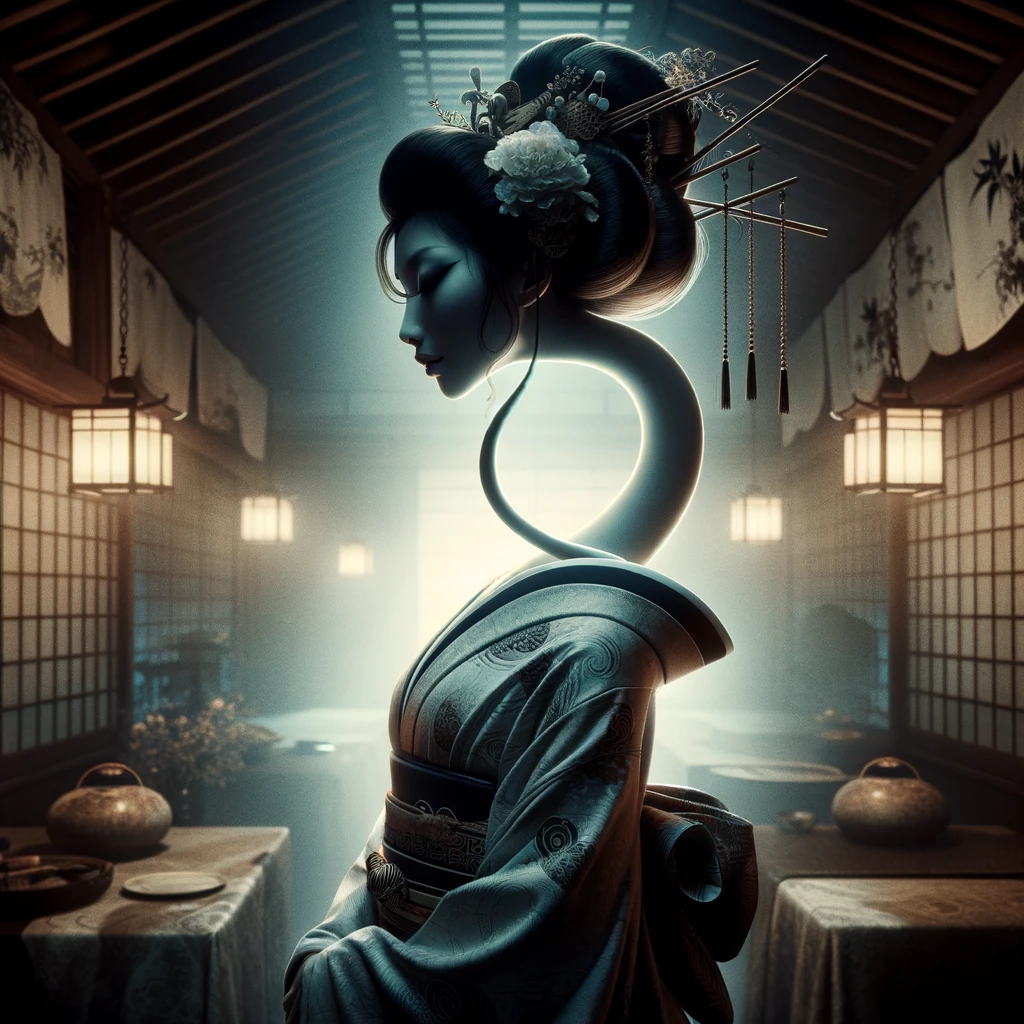
Rokurokubi is a female ghost from Japanese ghost stories who, at night, has a long neck that stretches out to scare or attack people. During the day, she appears as an ordinary woman, making the sight of her neck stretching at night even more terrifying due to the stark contrast.
There are various theories about the origin of the term “rokuro” in Rokurokubi. Some say it is because the feeling is similar to a potter’s wheel used in pottery making, while others suggest it comes from the pulley of a well or the mechanism of an umbrella.
There Are Two Types of Rokurokubi
Rokurokubi actually come in two types: one where the head detaches from the body and flies through the air, and one where the neck simply stretches. Most people are familiar with the type where the neck stretches, but it is said that the original form of the Rokurokubi was the type where the head detaches. Let’s take a closer look at these two types of Rokurokubi.
The Rokurokubi with a Head that Detaches and Flies Through the Air
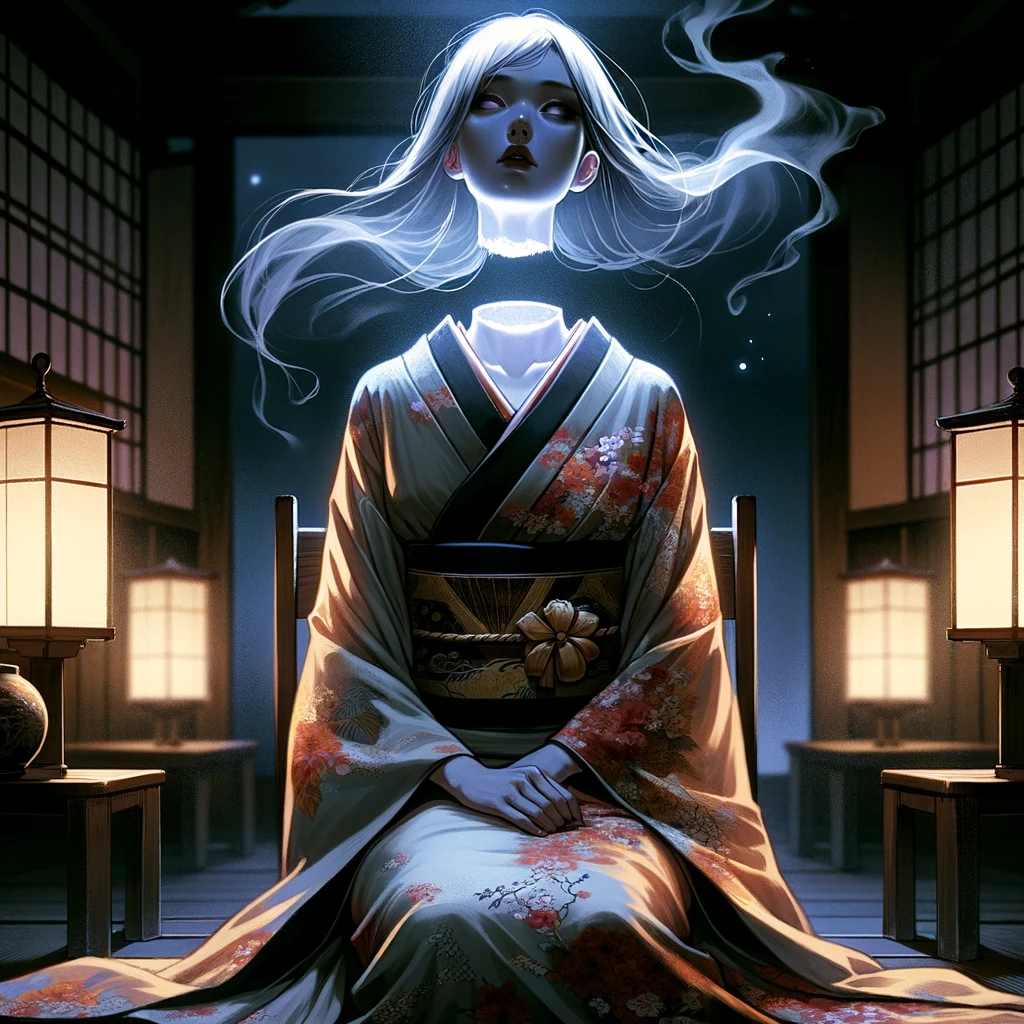
This type, where the head detaches and flies through the air, is the first kind of Rokurokubi that appeared. This type of Rokurokubi attacks people at night and can harm humans by sucking their blood. It is said that this type of Rokurokubi represents a soul leaving the body (rikonbyo). A distinctive feature is that a Sanskrit character is written on the neck, and it flies by using its ears as wings at night. Additionally, if the body is moved while the head is flying around at night, the head cannot return to the body, which is a weakness.
This type of Rokurokubi is said to have originated from the Chinese ghost known as the Hitouban, which also has a head that detaches and flies through the air at night. Like the Japanese Rokurokubi, the Hitouban has a tendon around the neck. Given the long history of interaction between Japan and China, it is possible that the Hitouban was transmitted to Japan, leading to the creation of the Rokurokubi.
In fact, in Japan, the original mainstream type of Rokurokubi was the one with the detaching head. This type of Rokurokubi appears in “Rokurokubi Kinenkyaku Hōfuku Monogatari,” a work depicting the Muromachi period, suggesting that the flying head type of Rokurokubi existed during that time. This type is also depicted in “Sorori Monogatari,” “Hyaku Monogatari Hyoban,” and “Taihei Hyaku Monogatari” from the Edo period.
The Rokurokubi with a Long Neck
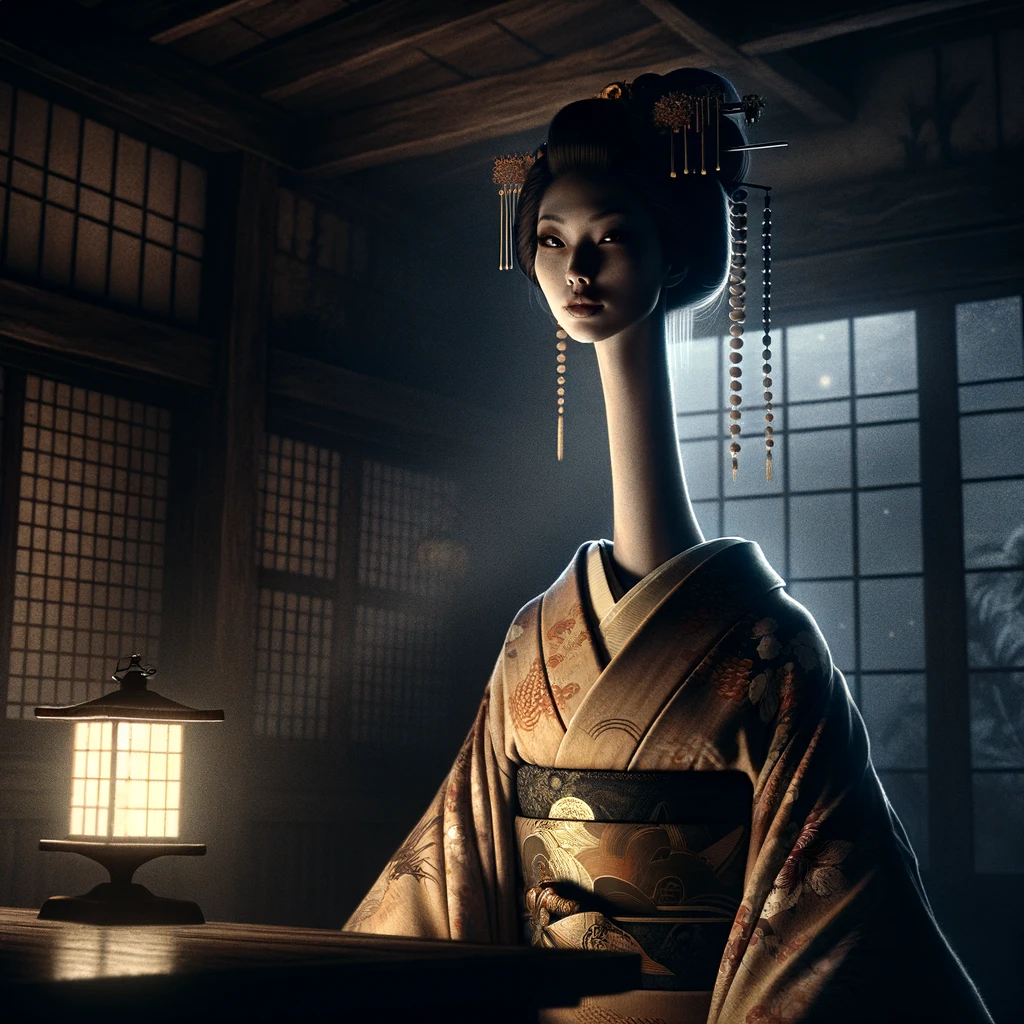
The type of Rokurokubi with a long neck emerged in the mid to late Edo period. This period was peaceful, with no wars, leading to a boom in ghost stories among the common people. Riding this wave of popularity, the Rokurokubi with a long neck was born. The development of ukiyo-e and printmaking techniques also likely contributed to the emergence of this type of Rokurokubi. Some suggest that depicting a woman with a floating head was difficult, so artists connected the body and head with a long neck.
During the Edo period, the Rokurokubi with a long neck appeared in various aspects of common culture. It was featured not only in famous literary works like “Gazu Hyakki Yagyō,” “Kōshi Yawa,” and “Rekkoku Kaidan Kikigaki Chō,” but also in Hokusai Manga’s “Rokurokubi & Sanme no Megane” and the kabuki play “Jūsen Kotobuki Matsu Waka.” Through these appearances in literature, art, and kabuki, the image of Rokurokubi as a ghost with a long neck became firmly established.
Why Does the Rokurokubi Lick Oil?
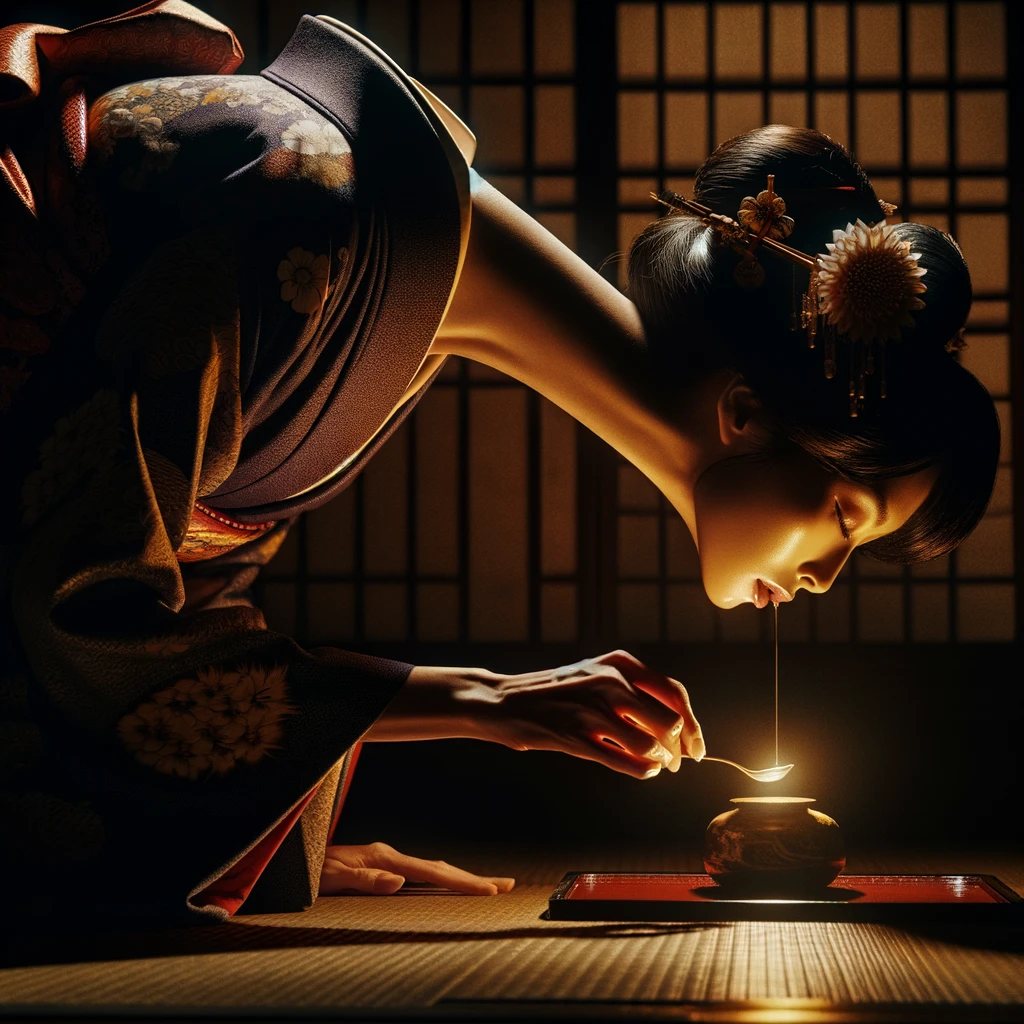
There is a legend that the Rokurokubi licks the oil from lanterns. This depiction is found not only in the previously mentioned rakugo but also in various other literary works, and it has become an established image. However, no clear explanation has been found in the literature as to why the Rokurokubi licks oil.
Lanterns were used to illuminate rooms at night in times when there were no electric lights or lamps. Since the Rokurokubi can only reveal its true form by stretching its neck at night, it may have licked the oil from lanterns to darken the room, as bright lights would be inconvenient.
Rokurokubi in Rakugo
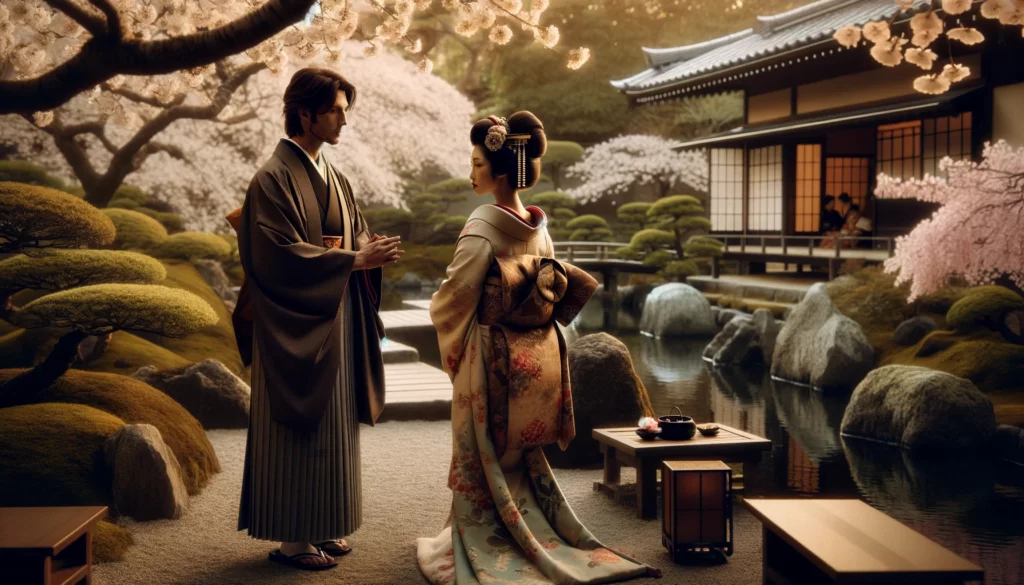
The Rokurokubi appears in various literary works, and there is a famous rakugo story featuring it. Here is a brief summary of that rakugo story.
Long ago, there was a man named Yotaro who, even at the age of 25, lived with his mother and had not left her side. He had an older brother who was happily married with children. Seeing his brother’s happiness, Yotaro felt jealous and consulted his uncle about wanting a wife.
His uncle told him that he could introduce a beautiful 20-year-old lady who had inherited a vast fortune after her parents passed away and who was good-natured. Feeling suspicious about such perfect conditions, Yotaro asked, “Why hasn’t anyone else married her yet?” His uncle replied, “There is just one thing about her that she cannot tell others. At midnight, her neck starts to stretch, and she licks the oil from lanterns…”. The lady his uncle was offering to introduce was a Rokurokubi.
Despite being frightened by the fact that she was a Rokurokubi, Yotaro asked, “Does her neck stretch only at night?” His uncle confirmed, “Yes, and only for a brief time in the middle of the night. You sleep so soundly that you wouldn’t notice even if there were an earthquake, fire, or thunder. You would never realize it, even if her neck stretched while you were asleep.”
Convinced by this, Yotaro went to meet the lady introduced by his uncle and was so charmed by her that the marriage proposal was successfully settled. On their wedding night, Yotaro couldn’t fall asleep due to the unfamiliar bedding. As midnight approached, he felt the lady next to him start to move stealthily. Her neck stretched, and she began to lick the oil from the lantern. Startled, Yotaro ran to his uncle’s house.
Yotaro exclaimed, “Her neck really stretched!” But his uncle responded, “You knew that when you agreed to the marriage, didn’t you?” Yotaro replied, “Yes, but I didn’t expect her neck to stretch on the first night. I feel safer living with my mother, so I’m going back home.” His uncle then said, “Your mother was overjoyed about this marriage proposal and hopes that you will soon have children. She’s eagerly waiting for good news with her neck stretched long in anticipation.” Hearing this, Yotaro realized, “If my mother is also stretching her neck in anticipation, I can’t go back home…”
Thus, even though Yotaro knew she was a Rokurokubi when he married her, he was shocked to witness her neck stretching firsthand. However, with his mother eagerly waiting, he couldn’t return home, providing a humorous twist to the story.
Summary
How was it? We have introduced the true nature and types of the Rokurokubi, as well as some famous rakugo stories. Initially, the main type was the one where the head would detach from the body and fly through the air. However, during the mid to late Edo period, due to the popularity of ghost stories and paintings, the type with a long neck became the mainstream. You might have seen the name or illustrations of the Rokurokubi, but there are some surprising facts as we introduced this time. If you found this interesting, please read the literature featuring Rokurokubi!



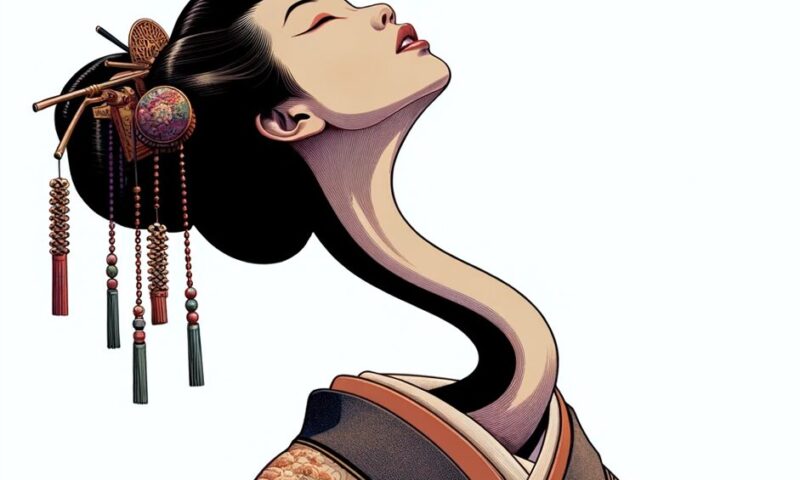


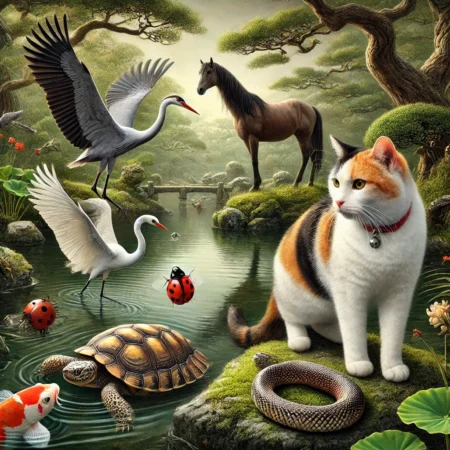
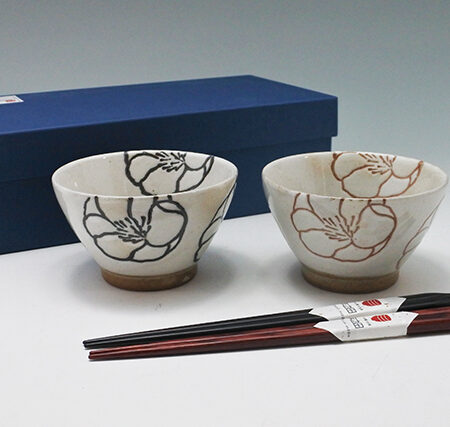
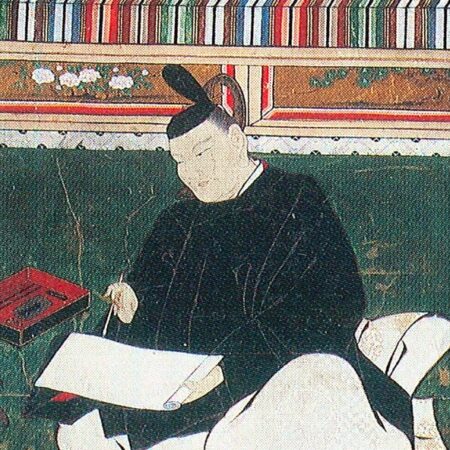
コメント